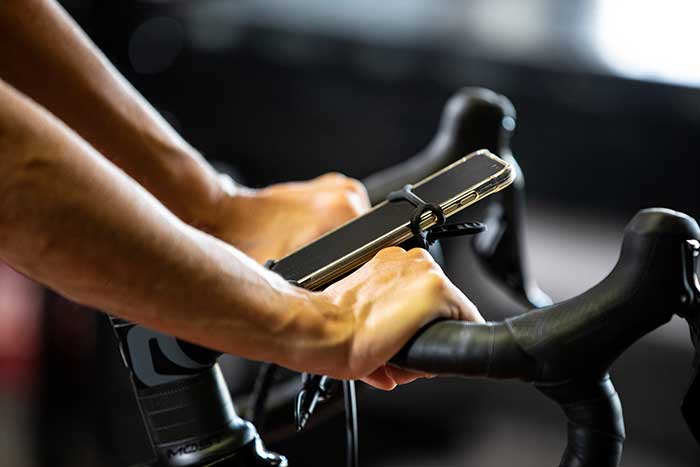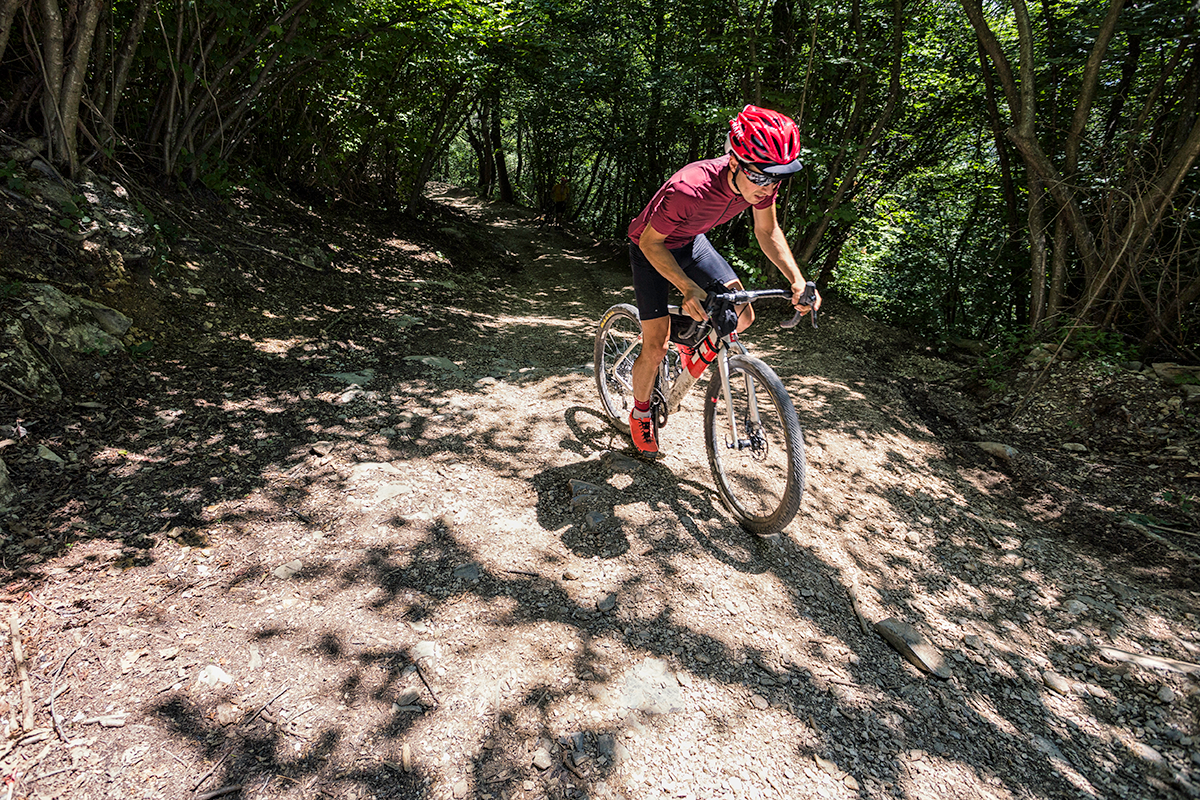A new and exciting way to cycle off-road
They are becoming more and more popular; there is no doubt about it. Gravel bike races are having a lot of success and above all, the number of participants is continuously increasing. There are more and more gravel bike events in Italy and around the world and race organizers have started taking into account the growing reality of the world of gravel.
Gravel race, the tracks
The tracks of these competitions alternate paved roads with stretches of dirt roads. These are extremely fun competitions, but they must be done with the right preparation and without underestimating their technical complexity. Improvisation could greatly diminish the fun.
The gravel world, a bit of history
These races started in the United States because of the wide availability of cycling tracks on very compact and easily cyclable dirt roads. Among the most famous competitions are the 101 Gravel Ride with its 160 km and the Tranlowa, which keeps the athletes on the saddle for 480 km.
In Europe, in recent years, many competitions for amateur cyclists have been organized where athletes can immerse themselves in nature and enchanting landscapes.
The gravel panorama in Italy offers enthusiasts this year the Nova Eroica that takes place on the same roads of Chianti which also host the Eroica. In addition to the charm of the antique bikes, the very popular event will also host gravel bikes.
Always in Italy, the Lodi-Lecco-Lodi gives you 165 km of dirt roads that run alongside rivers and canals which connect the cities of Lecco and Lodi.
The gravel race, a challenge with yourself
It is clear that the concepts of adventure and challenging yourself in these sport events go well with that of ultracycling. It is precisely the concept of challenging oneself on which the choice of tracks is hinged and allows athletes to discover the territory through dirt roads that would otherwise be unattractive for mountain-bike lovers because they are not very technical.
Usually, these races are not timed but have only a maximum time within which each athlete must complete the race. Thus, participating in these competitions becomes more of a personal challenge than a real race.
How to do a gravel race
During these events you will spend many hours on the saddle and no type of technical support will be provided. These conditions mean that you must be fully autonomous both in terms of the ability to manage any mechanical issues as athletic preparation which will be fundamental. The structure of your training must be very well thought out.
Precisely because of these objectives, you will have to be able to stay on the saddle for several hours while cycling at a good pace, but with an optimal distribution of energy, so that you do not exhaust yourself too soon. You will have to try to set up an adequate training program with a component of muscle strength because this type of competition often has fairly low elevation gains, but frequent short, very steep climbs or continuous ups and downs, which can put a strain on the muscles of your legs.
Even the bike handling should not be underestimated and you will have to prepare yourself in terms of dexterity. Riding on dirt roads is not exactly like riding on asphalt. You will have to learn how to control the bike, manage the gears appropriately, identify the best trajectories and pay attention to your position on the saddle. You should not forget to reinforce the muscles of your arms and your core, which will be essential for your stability on uneven roads.
If you pay attention to all these elements, you will discover with the world of gravel a new sport and a new and exciting way of experiencing your love for cycling; without the stress of the stopwatch, but exponentially amplifying your passion for endurance sports.

Editorial Board
You might also be interested in



